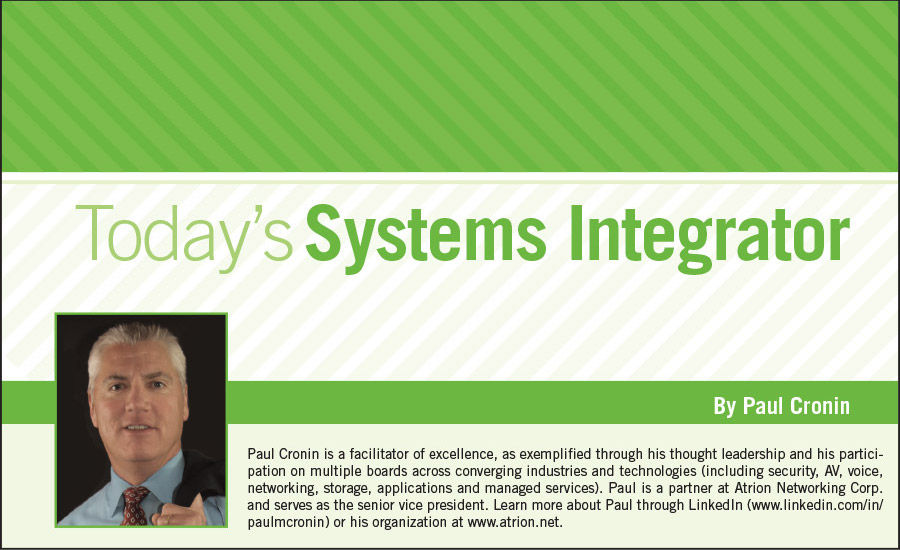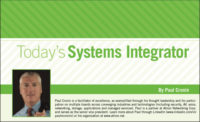In the last installment of this column, “Who Owns the Customer in a Cloud Model?” (www.SDMmag.com/who-owns-customer-in-cloud-model), I described posing a question to a group of attendees at a cloud partners conference about who owns the client in the cloud — meaning which person and/or organization is strategically invested in assessing a client’s needs, delivering on them, and assuring their success based on their investment. I asked that question because there appears to be more people engaged with the client to provide them the solution than ever before.
However, there was one factor for determining who owns the client that all stakeholders agreed was the most important: Whoever bills the client for the application usage on a recurring basis was most likely to be considered the client owner. This is referred to as the partner-of-record.
My advice was to never give up being the person billing the client if you truly want to own that client. However, I posed another question to the group: Is owning the client important? I would say it is more important to be able to deliver a hyper-specialized set of high-value services to a broad set of clients than it is to mind a small client set. Let me share with you some background why I feel this way.
With IDC predictions that in 2015 cloud computing will reach a market size of $70 billion, this is evidence that the cloud pendulum is swinging from early adoption to full adoption. There are many trends that need to be considered. One big consideration is that clients will spend less on equipment (computers, storage, peripherals). In fact, that shift has already happened and for many clients they are reducing capital budgets and frozen investments in data centers and on refreshes until they answer what and when to cloud. Less equipment sales will impact your revenue and introduce new competitive threats.
Clients have options from PAAS, SAAS and IAAS and in the future XAAS. They are buying applications and paying for what they need when they need it. There is a lot of disruption taking place that is impacting the way that we have done business with our clients in the past. This impacts even the way we finance our business and pay our staff. However, we have faced these challenges in the past with advancements in technology and changing market demands. We learned the lesson that it is all about being ready.
Disruption equals opportunity and our ability to innovate is critical to turning opportunity into success. Starting with the end in mind helps to give me a point to work back from. So I ask myself, What would I do if the pendulum swung way to the far right and almost everything a client did went through the cloud? Is my business ready to help clients with those challenges and do I have the types of services to sustain growth?
My claim is that we need to begin creating services today that are cloud-adoption focused. This means preparing our teams to talk about business applications, adoption of licensing and financial business models. We need to become great at moving data, integrating systems and securing the flow of information. The goal is to have services that not only help a client get to the cloud but optimize the ongoing use of the cloud applications so the people can serve the business.
My suggestion is to bring toget-her some of your brightest minds from across your organization to begin innovating and expanding your service portfolio. Start the process now because if there is a slowdown in equipment sales you want to have new revenue streams to fill in the revenue gap. Yes, it is important to own the client, but don’t limit your service creation to a small market segment; it may not be where you want to go in the future. However, focus on areas of hyper-specialization that can address the client’s business drivers across a broad market segment.
Please connect with me on LinkedIn; I would be happy to share more insight on this topic.








